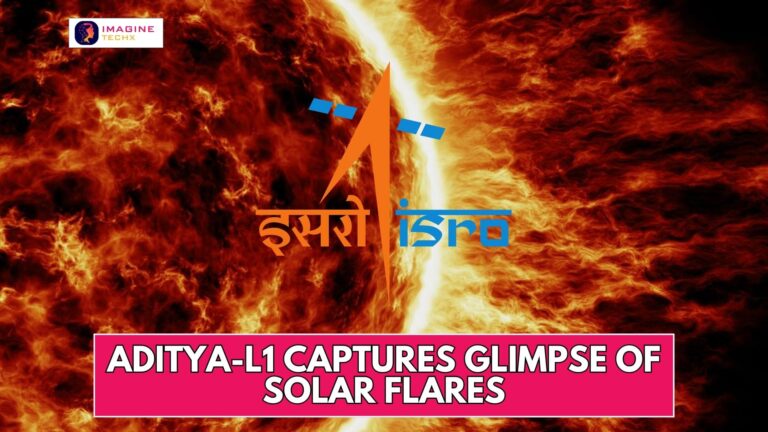Artificial Raining Solutions: Fight Against Delhi’s Pollution Crisis
Artificial Rain in Delhi: A Potential Solution to Pollution Woes:
The battle against Delhi’s persistent air pollution has reached a critical juncture, and the city is gearing up for an unconventional approach: inducing artificial rains. The announcement made by Delhi’s Environment Minister, Gopal Rai, sets the stage for a potentially groundbreaking initiative to combat the ever-increasing pollution levels.

Image credit: Hindustantimes
What Is Artificial Raining and How It Happens:
Artificial raining , or cloud seeding, is a method used to induce precipitation by introducing substances like silver iodide into clouds. These substances act as nuclei for water vapor to condense around, promoting the formation of raindrops. This technique is aimed at enhancing rainfall in drought-affected regions, managing weather patterns, and even potentially clearing pollutants from the atmosphere by causing them to fall with the precipitation. However, its success depends on various factors, and while it shows promise, its effectiveness can vary based on cloud conditions and other environmental variables. Artificial rain, or cloud seeding, occurs by introducing substances like silver iodide into clouds. These particles provide a surface for water vapor to condense around, encouraging the formation of raindrops. This process aims to stimulate precipitation in clouds, enhancing rainfall and potentially mitigating pollution by causing particles to fall with the rain. The success of this technique depends on cloud conditions and environmental factors.
You Can Read This Post Also: OpenAI’s ChatGPT: An Overview of Recent Updates and Developments
Cloud Seeding for Cleaner Skies:
The proposal involves cloud seeding, a technique that stimulates precipitation within clouds to trigger rainfall. This method, although not novel, holds promise in alleviating the current environmental crisis. Rai’s meeting with experts from IIT Kanpur signifies a strategic move to harness technology in the fight against pollution.
Awaiting Approval and Detailed Proposal:

Image credit: TH
The plan hinges on a critical factor: approval from the Supreme Court. If given the green light, the artificial rain initiative could be put into action around November 20-21, coinciding with a cloudy forecast. However, this hinges on the proposal’s acceptance and subsequent directives.
The Technical Preparedness:
Professor Sachchida Nand Tripathi, a member of the National Clean Air Programme steering committee at IIT Kanpur, has assured the readiness of the equipment required for cloud seeding. The arsenal includes aircraft, cloud seeding equipment, and a dedicated team monitoring the cloud dynamics closely.
Policy Alternatives: Odd-Even Scheme:
Simultaneously, the Delhi government has been exploring other measures, such as the proposed vehicle rationing scheme, colloquially known as the odd-even scheme. This initiative, previously implemented in the city, has faced scrutiny. However, studies conducted by reputable institutions like the Energy Policy Institute at the University of Chicago and the Delhi Technical University advocate its effectiveness in reducing pollution, particularly during the January odd-even period.
Real-Time Pollution Woes:
The severity of the pollution crisis persists, with the air quality deteriorating to the “severe” category. The Air Quality Index (AQI) on Wednesday soared to 426, a concerning escalation from the already “very poor” levels the day before. This alarming increase emphasizes the urgency for immediate and effective solutions to mitigate the pollution’s impact.
The Verdict of Experts:
Dr. Anant Sudarshan, a scholar at the Energy Policy Institute at the University of Chicago, emphasized the need for multifaceted approaches to address the crisis. While acknowledging the positive impact of the odd-even scheme, it’s evident that vehicular pollution alone cannot solve the overarching issue, especially considering the significant contribution from crop burning.
You Can Read This Post Also: YouTube’s New Generative AI Features: A Deep Dive
Path Ahead: Collaborative Measures:
The situation demands not just local but also centralized cooperation. The Delhi government’s push for these innovative solutions is likely to call for cooperation from the central government through directives from the apex court.
Conclusion: A Ray of Hope Amidst the Smog:
As Delhi grapples with the suffocating smog, the proposal for artificial rain stands as a testament to the city’s resilience and adaptability. While it might not provide an immediate and comprehensive solution, it symbolizes a forward-looking and innovative stride towards addressing the multi-dimensional challenge of pollution.
The coming days hold the promise of change, potentially through the combination of technological advancements, policy initiatives, and collaborative efforts, aiming to alleviate Delhi’s polluted skies and offer a breath of fresh air to its residents.






